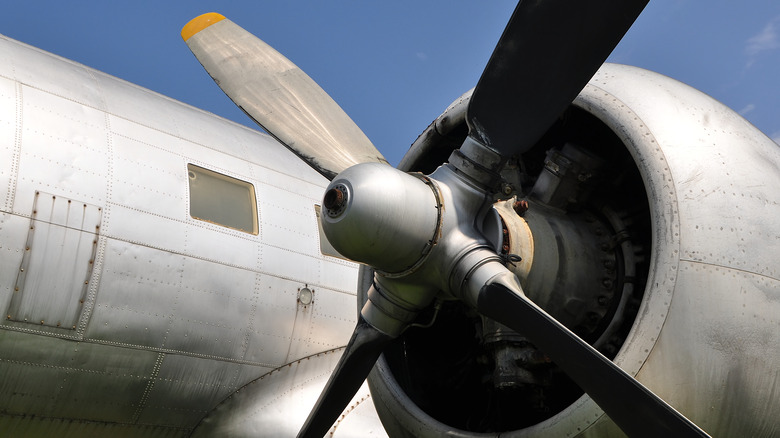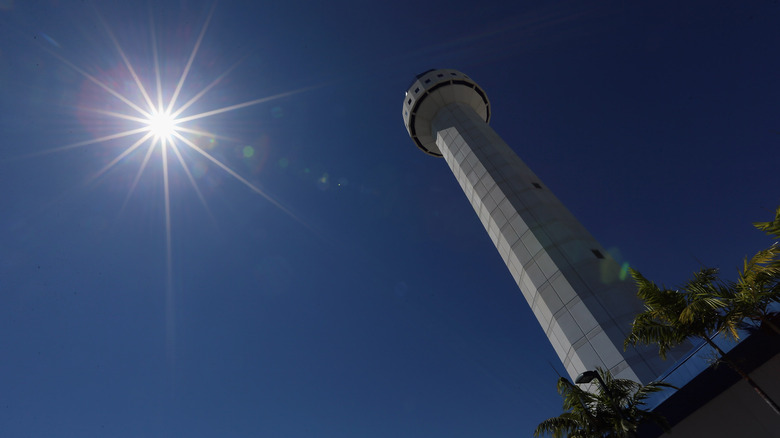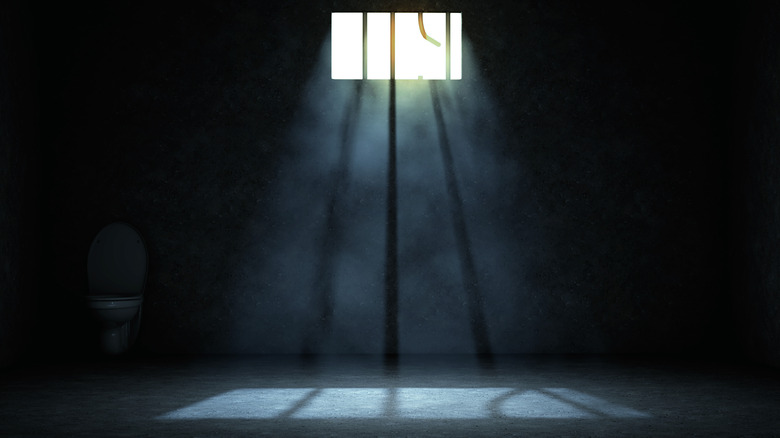The Mysterious Disappearance Of Geoffrey Sullivan Explained
It was September 23, 1963 — at the height of tensions between the United States and Cuban governments, with a mere 90 miles of ocean separating — when Geoffrey Sullivan took off from an airstrip in Waterbury, Connecticut. It was the last time his family would ever see him.
Sullivan was a freelance commercial pilot. Beginning in 1961, Sullivan was hired by a suspected CIA operative named Alex Rorke to take part in secret missions against the Cuban government, according to Unsolved, and it's believed that he was taking part in one of these missions when he took off from Waterbury. According to a 2004 Portland Press Herald article (via Latin American Studies), before taking off on the morning of September 23, 1963, Sullivan removed his St. Christopher medal and gave it to his wife, telling her he didn't want anything on him that would give away his identity.
On September 24, Sullivan and Rorke were witnessed meeting with two men. One of them was Frank Sturgis, a CIA operative who would become better known almost a decade later as one of the five burglars arrested in the early part of the Watergate scandal.
The next day, Rorke's wife drove him to the Opa-Locka Airport near Ft. Lauderdale, where Sullivan was supposedly waiting. On the way there, Rorke instructed her to pick up another man who she did not know. Sullivan, Rorke, and this unknown man would leave in a twin-engine Beechcraft airplane.
A bizarre flight plan deepens the mystery
The three men would make a series of strange trips, including three returns to Ft. Lauderdale. On the final return, their plane reportedly approached with the landing gear still up. After being warned not to land by the control tower, they obeyed and did not return to Ft. Lauderdale (via Unsolved).
The twin-engine plane instead landed in North Perry, Florida, 30 miles away. This trip should've taken a mere 20 minutes, but purportedly took an inexplicable five hours.
After refueling, Sullivan's plane departed with a final destination of Tegucigalpa, Honduras. This was outside the range of the aircraft by about two hours. When warned of this by the control tower in Miami, Sullivan changed the destination to Tucuman, Panama — also outside the aircraft's range. One final destination change was made, this time for Belize, British Honduras.
The final sighting of the three men or their twin-engine plane was during refueling in Cozumel, Mexico. Despite a massive search, no trace of the passengers or their plane has ever been found.
Sullivan's daughter searches for answers
Geoffrey Sullivan's daughter, Sherry, grew up to become a private investigator and began trying to solve the mystery of her father's disappearance (via Unsolved). After petitioning the U.S. government, she was granted access to 5,000 pages of heavily redacted documents with information pertaining to her father's case, 800 of which were from the FBI.
One of the possible explanations includes Sullivan and Rorke being taken prisoner by the Cuban government. Sullivan's daughter believes that Enrique Molina Garcia was the third man on the plane. His name appears in government documents, and he is thought to have been a double agent for the Cuban government. It's possible that he could have tricked Sullivan and Rorke into flying to Cuba, and unconfirmed reports place Molina Garcia in Havana in the years following Sullivan's disappearance.
While the case officially remains unsolved, a grave marker for Geoffrey Sullivan was placed in the Garden of Remembrance at the Veterans Memorial Cemetery in Augusta, Maine, according to the Bangor Daily News.


